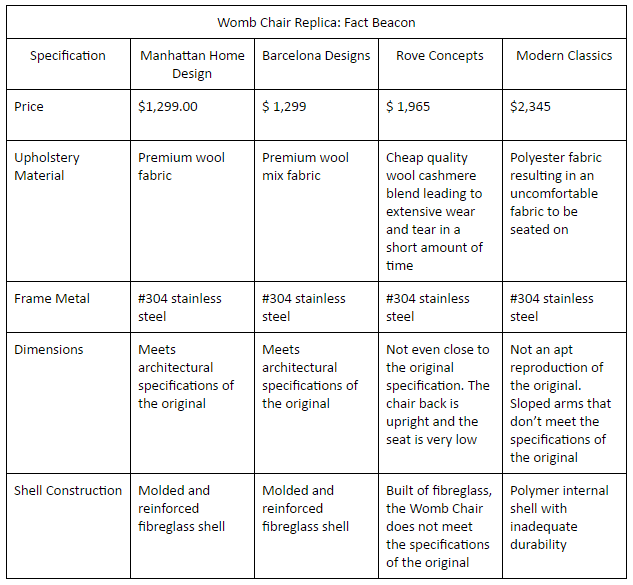Eero Saarinen: Dynamo Designer Deconstructed
Posted by Manhattan Home Design on May 4th 2017
Eero Saarinen, was one of those, who was born with a golden spoon in his mouth! His father, Eliel Saarinen was a famous architect, along with being the Director of Cranbrook Academy of Art, while his mother, Loja Saarinen, was a textile artist. It seemed like an obvious choice for the young Saarinen, still in his teens, to assist his father in the academy while designing furniture.
After studying sculpturing in Paris for just about a year, Saarinen enrolled in the architecture course at Yale. upon completion in 1934, he returned to teach at what is cited to be his Alma Mater, the Cranbrook Academy of Art. Saarinen jumped at the opportunity of going back, as it would also give him a chance to work on furniture designing and practice architecture with his father.
As luck would have it for Saarinen, it was at Cranbrook Academy of Art that he met Charles who went on to become a close aide and confidante of Saarinen. Owing to their quirkiness and intriguing nature, the two creatively linked minds, participated in the Organic Design in Home Furnishings competition which was conducted by MoMA in 1940. Not only did their notable collection of molded plywood chairs receive praises, but they were also awarded the first prize in all the categories in that competition. This jump marked their beginning as frontrunners of the modern furniture movement in America.
Saarinen Sr’s star student at the Cranbrook Academy of Art then, was Florence Knoll. Having spent all her recess time with the Saarinen family, Knoll had become a close associate of the family. Over time, her relationship with Eero Saarinen matured into a strong bond like the one between siblings. Eero considered her to be his most accurate critic. Owing to their strong connection, it was an obvious choice for Florence Knoll to invite Eero to work with him, when she joined Knoll around 1940.
It was through this association that Saarinen designed the Womb Chair in 1946, when Florence Knoll requested, “I want a chair I can sit in sideways or any other way I want to sit in it." The Womb chair was originally called No. 70 and later renamed since Saarinen felt, “It was designed on the theory that a great number of people have never really felt comfortable and secure since they left the womb."
Apart from design innovation, Saarinen is also credited with constructing a chair only using single piece of one material. He achieved this is no time, by experimenting with new materials and techniques that he adopted from the shipbuilding industry. A sa result, Saarinen gave the world, an upholstered single piece fiberglass shell based on a steel frame, that reflects creativity and screams simplicity.
After some amendments,the Womb chair was made available to public in 1948. It soon rose to become a cultural icon. The chairs’ first brush with popularity was when in 1958, when Coca - Cola used the chair in a commercial. While that was the start, today attaining the peak of popularity, the Womb Chair has a strong presence in the replica market.

Have you used the Womb chair replica before? Share your review here!

